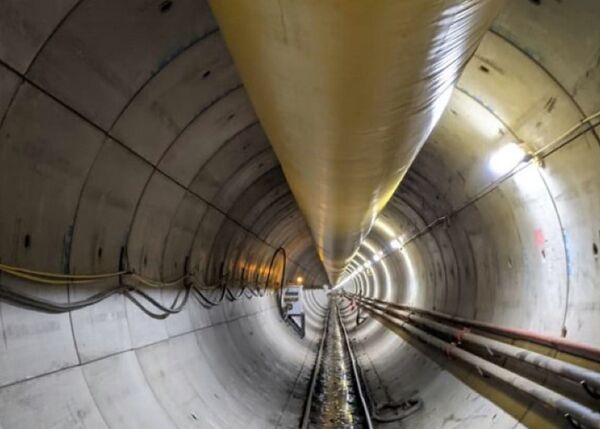
Global biopharmaceutical company AstraZeneca is using NEC for engineering project delivery at one of its largest manufacturing sites.
The company engaged contractor BGEN (formerly Boulting) under a three-year NEC4 Framework Contract (FC) in February 2020 to deliver engineering projects at its site in Macclesfield, north-west England. The 40 ha site is the company’s second largest manufacturing base and its European centre for packing, employing over 4000 people.
The contract, which can be extended by up to two years depending on the contractor hitting a minimum key performance indicator target by the end of 2021, is for around 40 projects each year. Typical values range between £250,000 and £5 million and durations are from a few months to 3 years. Examples include upgrades to manufacturing process plant, offices, welfare facilities and site-wide utility services.
Each project is generally let on a full design-and-build basis, either under an NEC4 Engineering and Construction Contact (ECC) Option B (priced contract with bill of quantities), NEC4 Engineering and Construction Short Contract (ECSC) for shorter and quicker projects, or NEC4 Professional Service Short Contract (PSSC) for design-only services. The latter is primarily for works put out to competitive tender outside the framework and let under NEC4 ECC contracts.
NEC4 FC - A Better Fit
AstraZeneca service manager Peter Alexander says BGEN was previously engaged from 2015 to 2020 under an NEC3 Term Service Contract (TSC). ‘However, this did not really achieve the change to a more collaborative approach that we were hoping for. There were various reasons for behaviours not changing, including insufficient NEC training, limited understanding of how to apply the contract and the lack of a contract management system.’
He says the move to NEC4 FC has proved to be a much better fit. ‘Both parties have implemented the contract better, with more detailed framework information, an expanded NEC training programme, more focused support and the adoption of a Cemar contract management system. We also made a more conscious effort to change our contractual behaviours, including following the contract, collaborating and communicating more, and not shortcutting contractual processes.’
Alexander says a key change was the adoption of NEC4 ECC Option X22 on early contractor involvement. ‘We now use NEC4 Option X22 to split the main works contracts in pre- and post-sanction stages. This has helped us to achieve more clearly defined scopes, laying a stronger foundation for projects to deliver against.’
He says the NEC benefits of collaborative working, defined processes, proactivity and focus on timely delivery are all now being realised. ‘This has been particularly evident during the Covid-19 pandemic. Through much stronger collaboration we have been effectively prioritising delivery and resources, maintaining contract processes and communications despite remote working, and resolving issues as they arise to keep projects progressing’.
Benefits of Using NEC
- NEC4 FC is providing an effective collaborative framework for letting a wide range of engineering projects, ranging from design only using the NEC4 PSSC to full design and build using NEC4 ECC and ECSC.
- NEC4 ECC Option X22 on early contractor involvement enables contracts to be split between pre- and post-sanction stages, helping to achieve more clearly defined project scopes.
- NEC obligation to collaborate and follow the contract has resulted in more timely delivery, which has been particularly evident during the Covid-19 pandemic.



